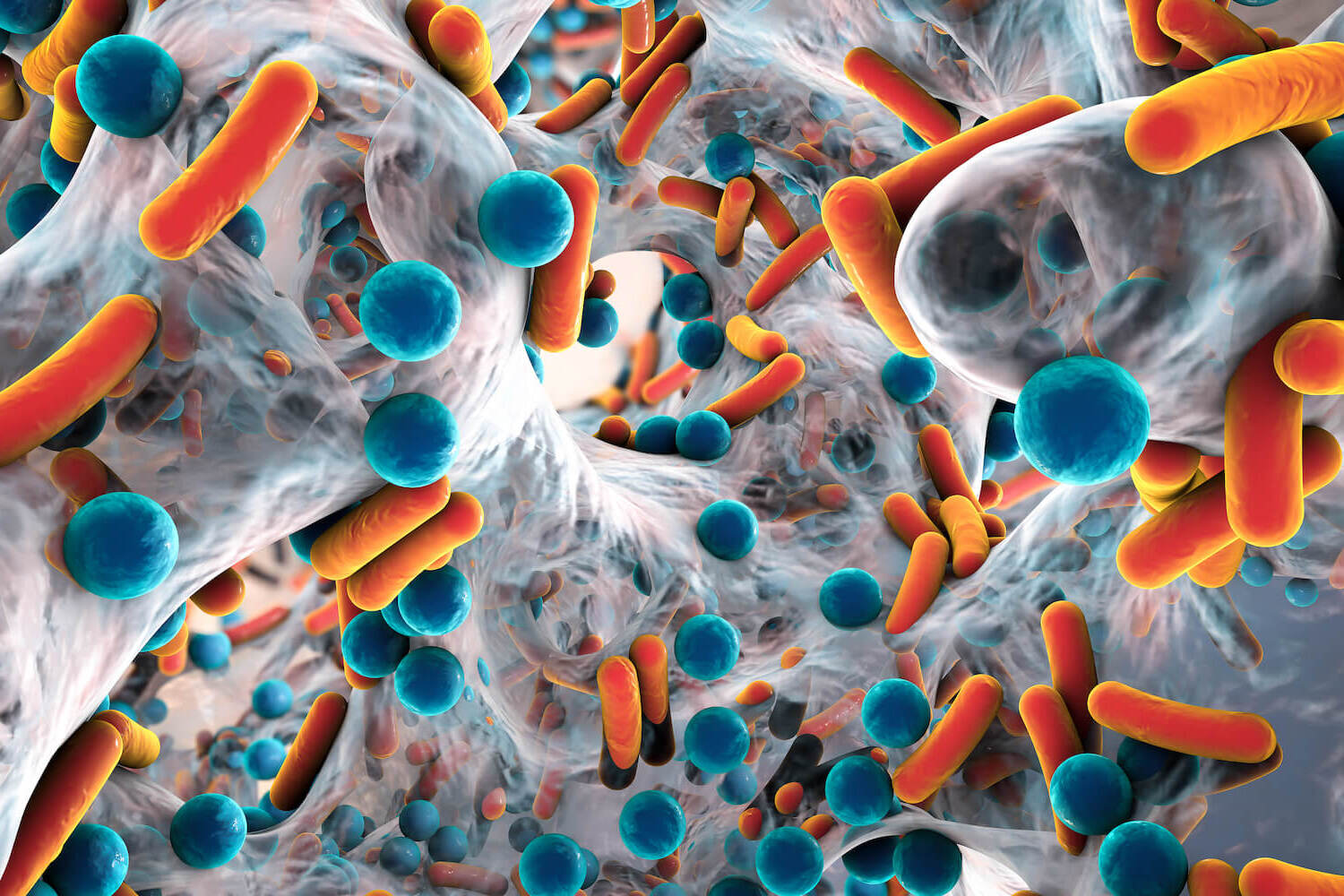
Biofilms are everywhere, from your kitchen sink to the inside of your body. But what exactly are they? Biofilms are communities of microorganisms that stick to surfaces and to each other, forming a slimy layer. These tiny organisms can be bacteria, fungi, or even algae. They thrive in moist environments and can be found on natural and man-made surfaces. Biofilms are not just gross; they play a crucial role in various ecosystems and industries. They can be beneficial, like in wastewater treatment, or harmful, causing infections and equipment damage. Understanding biofilms can help us manage their impact on our lives. Ready to learn more? Here are 28 fascinating facts about biofilms.
What Are Biofilms?
Biofilms are communities of microorganisms that stick to surfaces and to each other. They can form on natural surfaces like rocks in a stream or on man-made surfaces like medical devices. These microbial communities are encased in a protective layer of extracellular polymeric substances (EPS), which they produce themselves.
-
Biofilms can form on almost any surface, including metals, plastics, and tissues.
-
The EPS matrix in biofilms acts like a glue, holding the microorganisms together and protecting them from environmental threats.
-
Biofilms are not just a single type of microorganism; they often consist of multiple species of bacteria, fungi, and even algae.
How Do Biofilms Form?
The formation of biofilms is a complex process that involves several stages. Understanding these stages can help in developing strategies to control or eliminate biofilms.
-
Biofilm formation begins with the attachment of free-floating microorganisms to a surface.
-
Once attached, these microorganisms start to produce EPS, which helps them stick more firmly to the surface.
-
The microorganisms then begin to multiply, forming microcolonies.
-
As the biofilm matures, it develops a complex, three-dimensional structure.
-
Finally, some cells may detach from the biofilm to colonize new surfaces, spreading the biofilm.
Where Can Biofilms Be Found?
Biofilms are incredibly versatile and can be found in a variety of environments, both natural and artificial.
-
Biofilms are commonly found in natural environments like rivers, lakes, and oceans.
-
They can also form on medical devices such as catheters, prosthetic joints, and dental implants.
-
Biofilms are often found in industrial settings, including water treatment plants and food processing facilities.
-
Even household surfaces like kitchen sinks and showerheads can harbor biofilms.
Why Are Biofilms Important?
Biofilms have significant implications for health, industry, and the environment. Their presence can be both beneficial and harmful, depending on the context.
-
Biofilms can cause chronic infections that are difficult to treat because the EPS matrix protects the microorganisms from antibiotics.
-
In industrial settings, biofilms can lead to equipment damage and increased maintenance costs.
-
Biofilms play a crucial role in natural ecosystems by recycling nutrients and breaking down organic matter.
-
Some biofilms are used in bioremediation to clean up contaminated environments.
How Do Biofilms Affect Human Health?
Biofilms can have a profound impact on human health, particularly in medical settings. Their ability to resist antibiotics makes them a significant concern.
-
Biofilms are responsible for up to 80% of chronic infections, including those in the lungs, urinary tract, and wounds.
-
Dental plaque is a type of biofilm that can lead to tooth decay and gum disease.
-
Biofilms on medical devices can cause severe infections, often requiring the removal of the device.
-
The EPS matrix in biofilms can make it difficult for the immune system to clear the infection.
How Can Biofilms Be Controlled?
Controlling biofilms is challenging but essential for health and industrial applications. Various strategies can be employed to manage biofilm formation and growth.
-
Regular cleaning and disinfection can help prevent biofilm formation on surfaces.
-
Antimicrobial coatings on medical devices can reduce the risk of biofilm-related infections.
-
Enzymes that break down the EPS matrix can be used to disrupt biofilms.
-
Phage therapy, which uses viruses that infect bacteria, is being explored as a potential treatment for biofilm-related infections.
Fascinating Facts About Biofilms
Biofilms are not just a scientific curiosity; they have some truly fascinating characteristics that make them a subject of ongoing research.
-
Biofilms can communicate with each other using chemical signals in a process known as quorum sensing.
-
Some biofilms can conduct electricity, making them of interest for bioelectronic applications.
-
Biofilms can survive in extreme environments, including hot springs, acidic mines, and even outer space.
-
Researchers are studying biofilms to develop new materials and technologies, such as self-healing materials and bio-inspired adhesives.
The Final Word on Biofilms
Biofilms are everywhere, from your kitchen sink to the ocean floor. These slimy communities of microorganisms can be both helpful and harmful. They play a crucial role in ecosystems by breaking down organic matter and recycling nutrients. However, they can also cause serious problems, like infections and industrial equipment damage. Understanding biofilms helps us manage their impact on health and industry.
Scientists are continually researching ways to control harmful biofilms while harnessing the benefits of beneficial ones. Whether it's developing new cleaning methods or creating biofilm-resistant materials, the goal is to strike a balance. So next time you see that slimy layer on a surface, remember there's a complex world of microorganisms at work. Biofilms may be tiny, but their impact is huge. Stay curious and keep learning about these fascinating microbial communities.
Was this page helpful?
Our commitment to delivering trustworthy and engaging content is at the heart of what we do. Each fact on our site is contributed by real users like you, bringing a wealth of diverse insights and information. To ensure the highest standards of accuracy and reliability, our dedicated editors meticulously review each submission. This process guarantees that the facts we share are not only fascinating but also credible. Trust in our commitment to quality and authenticity as you explore and learn with us.
